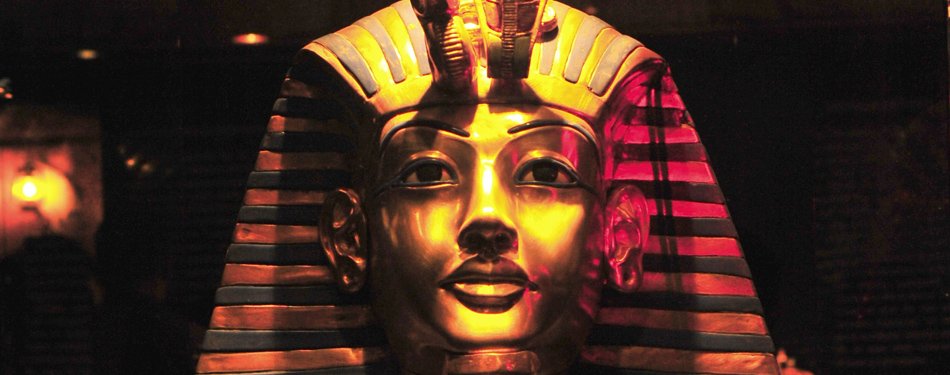
- On July 27, 2016
- In Things to do
- Tags: cairo museum, egyptian useum, things to do in cairo
Egyptian Museum
The Egyptian Museum is located in Cairo city center at Tahrir Square, in the heart of Cairo and whole Egypt.
History
The Egyptian Museum was built in 1902. The building project was conducted by the french architect Marcel Dourgan. The first director of the museum was french egyptologist Gaston Maspero.
The Egyptian Museum was built to house the most important Ancient Egyptian treasure from all over Egypt. It has two floors with more than 50 rooms with collection of over 120, 000 pieces. The two most famous rooms are room with treasures found in the tomb of Tutankhamun discovered in Valley of the Kings in 1922 by Howard Carter. The second room contains the mummified remains of the most important pharaohs of the New Kingdom, including Ramses II.
On the ground floor there is a large collection of coins and papyrus used in the Ancient Egypt. Papyrus are written in several languages: Greek, Latin, Arabic and Ancient Egyptian hieroglyphics. The coins are gold, silver and bronze, and there are also Greek, Roman, and Islamic coins.
There are artefacts, statues, paintings of Old, Middle and New Kingdom. Among them are objects found in the tombs of several pharaohs found in the Valley of the Kings.
On the top floor there is treasure of boy king – Tutankhamun. The exhibition continues in chronological order with objects from old dynasties, including the gold mask of Pharaoh Psusennes I. The collection ends with several pieces from the Roman period, such as mosaic with the Medusa head.
There is still a large number of objects, located in the basement of the museum that have not been documented, including 600 tombs.
Most important pieces
- Canopic chest of Tutankhamun, Tuthankamun furneral mask, Tuthankamun Sarcophagus
- The great treasure of king Tutankhamen
- Stone vessels and funerary objects from Predynastic and Dynastic times
- Statues, paintings and reliefs from Old Kingdom
- Statues, reliefs and objects from the period of Amarna and Akhenaten sarcophagus
- Funeral objects, jewelry, Statues of kings and other objects from New Kingdom
- Statues, reliefs and funerary objects from Late Period of Ancient Egypt
- Statues and funerary objects from Greco – Roman period
